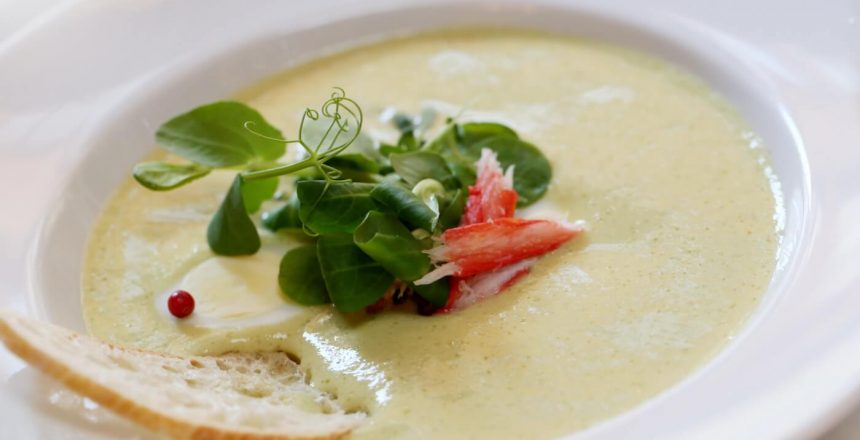A standardized recipe has several advantages. It will produce a known quality and quantity of food for a specific operation. It specifies the ingredients to be used—brands, grades, and varieties; the preparation and cooking procedures; the yield and potion size; and in some cases, the equipment, utensils, pots, pans, and evenn the flatware require for service.
But contrary to what you might believe, standardized recipes are not those previously used in other operations or found cookbooks. “Standardization” refers to recipes that are “customized” to your operation. They might begin with with ideas you took from another restaurant or cookbook but then adjusted for your operation’s equipment, ingredients, and serving procedures.
If you don’t have standardized recipes, or if their not being followed, you won’t have consistency in in cost and quality. If the recipes have changed, let your standardized recipes reflect those changes. If you permit deviations from your recipe standards, you will lose both cost and quality consistency.


